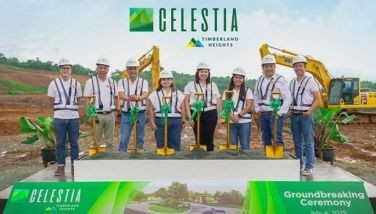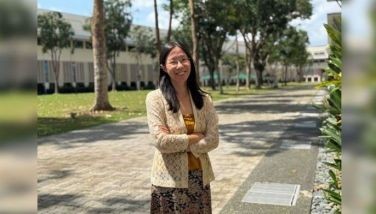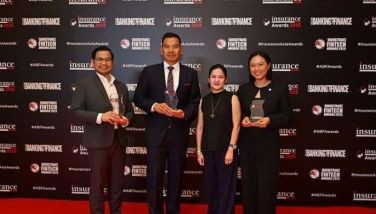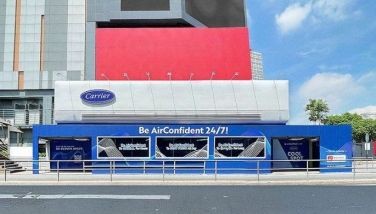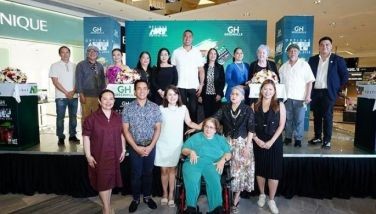Letter to the Editor — Secrecy in Parian
June 24, 2006 | 12:00am
Barangay Parian, Cebu City celebrates its 392nd fiesta celebration today in honor of its patron saint, John the Baptist. The occasion brings to mind once again the secrecy surrounding the construction of Cebu Heritage monument by Castrillo, now occupying the entirety of the old plaza.
Parian resident, Tommy Argawanon, occupant of the Yap-Sandiego Ancestral House and cousin to the present steward, Val Sandiego, testifies that bones were dug up at the site during construction and these were all gathered in sacks. Editor and columnist, Bong Wenceslao, confirmed this information in his column at the time.
What became of those bones and shards of pottery also allegedly found at the site? We are sure Castrillo and his men were aware that Parian had been already been settled by the Chinese traders and artisans in 1595, and that the site they were to later dig up clearly offered great possibility of hidden artifacts.
It did not help that the construction site was well fenced-off, but that real point is, residents knew that the diggings did produce the aforementioned bones. Those dead bones, had they been handed to the National Museum (of which Cebu has a branch since the early 1990s) or to the respected Archaeology Department of the University of San Carlos, would have told a tale not only of the Parian, but of Cebu, as well.
Gavin Sanson Bagares
Founding Member/Trustee and Historian/Authenticator
Kaguikan sa Parian Foundation, Inc.
Cebu City
Parian resident, Tommy Argawanon, occupant of the Yap-Sandiego Ancestral House and cousin to the present steward, Val Sandiego, testifies that bones were dug up at the site during construction and these were all gathered in sacks. Editor and columnist, Bong Wenceslao, confirmed this information in his column at the time.
What became of those bones and shards of pottery also allegedly found at the site? We are sure Castrillo and his men were aware that Parian had been already been settled by the Chinese traders and artisans in 1595, and that the site they were to later dig up clearly offered great possibility of hidden artifacts.
It did not help that the construction site was well fenced-off, but that real point is, residents knew that the diggings did produce the aforementioned bones. Those dead bones, had they been handed to the National Museum (of which Cebu has a branch since the early 1990s) or to the respected Archaeology Department of the University of San Carlos, would have told a tale not only of the Parian, but of Cebu, as well.
Gavin Sanson Bagares
Founding Member/Trustee and Historian/Authenticator
Kaguikan sa Parian Foundation, Inc.
Cebu City
BrandSpace Articles
<
>
- Latest
- Trending
Trending
Latest
Trending
Latest
Recommended









